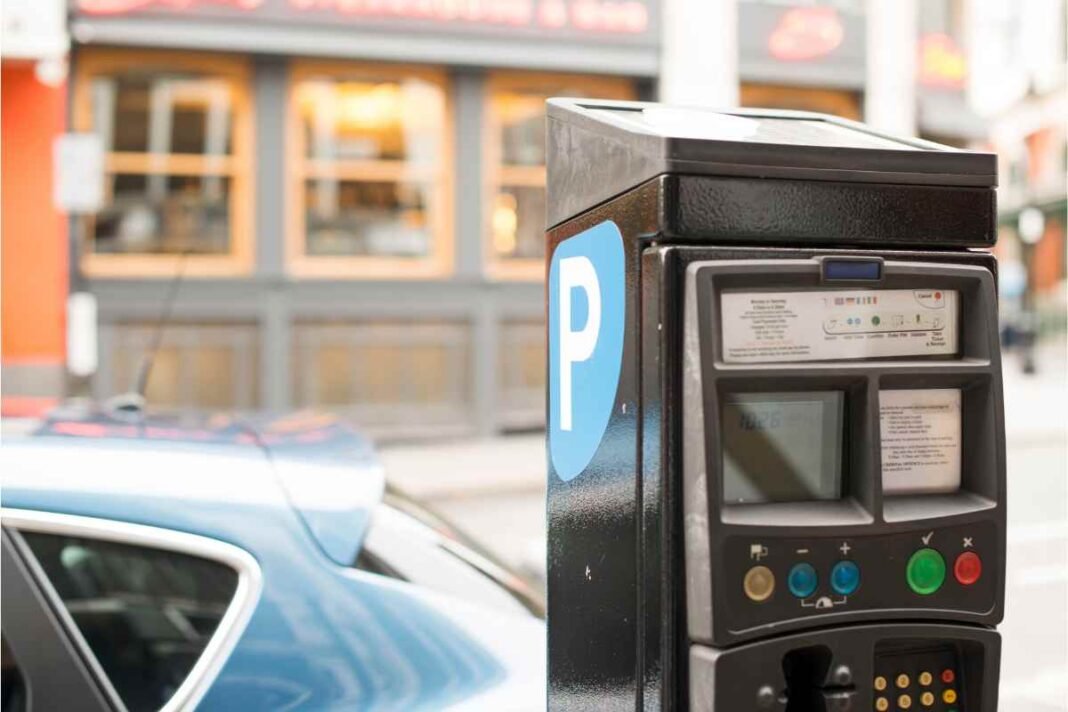Dubai, renowned for its rapid development and architectural marvels, faces a new challenge in its quest for urban efficiency. As the city continues to grow, traffic congestion and parking scarcity have become pressing issues. In response, Dubai has implemented a system of variable paid parking rates and congestion charges, aiming to manage traffic flow and optimize the use of urban space.
Addressing Urban Congestion
Urban congestion is a common issue in many metropolitan areas, and Dubai is no exception. With a booming population and increasing number of vehicles on the road, the city has experienced significant traffic challenges. The introduction of variable paid parking rates is part of a broader strategy to alleviate congestion and enhance urban mobility.
How Variable Paid Parking Works
Dubai’s variable paid parking system adjusts parking fees based on demand and location. High-demand areas, such as business districts and popular tourist spots, have higher parking rates compared to less busy areas. This dynamic pricing model encourages drivers to seek parking in less congested zones, thereby distributing traffic more evenly across the city.
The Role of Congestion Charges
In addition to variable parking rates, Dubai has introduced congestion charges in heavily trafficked areas. These charges apply during peak hours, targeting areas where traffic congestion is most severe. By imposing a fee for entering congested zones, the city aims to discourage unnecessary trips and promote the use of alternative transportation methods, such as public transit and carpooling.
Benefits of the System
The implementation of variable paid parking rates and congestion charges offers several benefits:
- Reduced Traffic Congestion: By encouraging drivers to avoid peak hours and high-demand areas, the system helps reduce overall traffic congestion.
- Better Utilization of Parking Spaces: Dynamic pricing ensures that parking spaces are used more efficiently, reducing the need for new parking infrastructure.
- Environmental Impact: Fewer vehicles on the road during peak hours result in lower emissions and improved air quality.
- Revenue Generation: The fees collected from parking and congestion charges can be reinvested into public transportation and urban development projects.
Challenges and Concerns
While the system has its advantages, it also faces challenges. One concern is the potential burden on low-income residents who may find the additional costs prohibitive. To address this, the city has explored measures such as discounted rates for certain groups and improved access to affordable public transportation.
Public Reaction
The introduction of variable paid parking rates and congestion charges has received mixed reactions from the public. Some residents appreciate the efforts to reduce congestion and improve urban mobility, while others view the charges as an additional financial burden. The city continues to engage with the public to address concerns and ensure that the system is fair and effective.
Technological Support
The success of Dubai’s variable-paid parking system relies heavily on advanced technology. Parking sensors, mobile apps, and real-time data collection enable the dynamic pricing model to function effectively. Drivers can check parking availability and rates using mobile apps, making it easier to plan their trips and avoid high-demand areas.
Future Plans
Dubai’s urban planning authorities are continuously evaluating the effectiveness of the variable paid parking and congestion charge system. Based on data and feedback, they plan to make adjustments and improvements. Plans may include expanding the congestion charge zones, implementing smart parking solutions, and enhancing public transportation options to further reduce reliance on private vehicles.
Dubai’s approach to managing urban congestion through variable paid parking rates and congestion charges is a forward-thinking strategy that addresses the city’s growing traffic challenges. By incentivizing efficient parking behavior and discouraging unnecessary trips, the system aims to create a more balanced and sustainable urban environment. While challenges remain, the city’s commitment to innovation and public engagement promises a future where urban mobility is optimized for the benefit of all residents.
The implementation of these measures represents a significant step towards creating a more efficient and livable city. As Dubai continues to grow and evolve, the lessons learned from this initiative will be invaluable in shaping the future of urban planning and transportation management.














